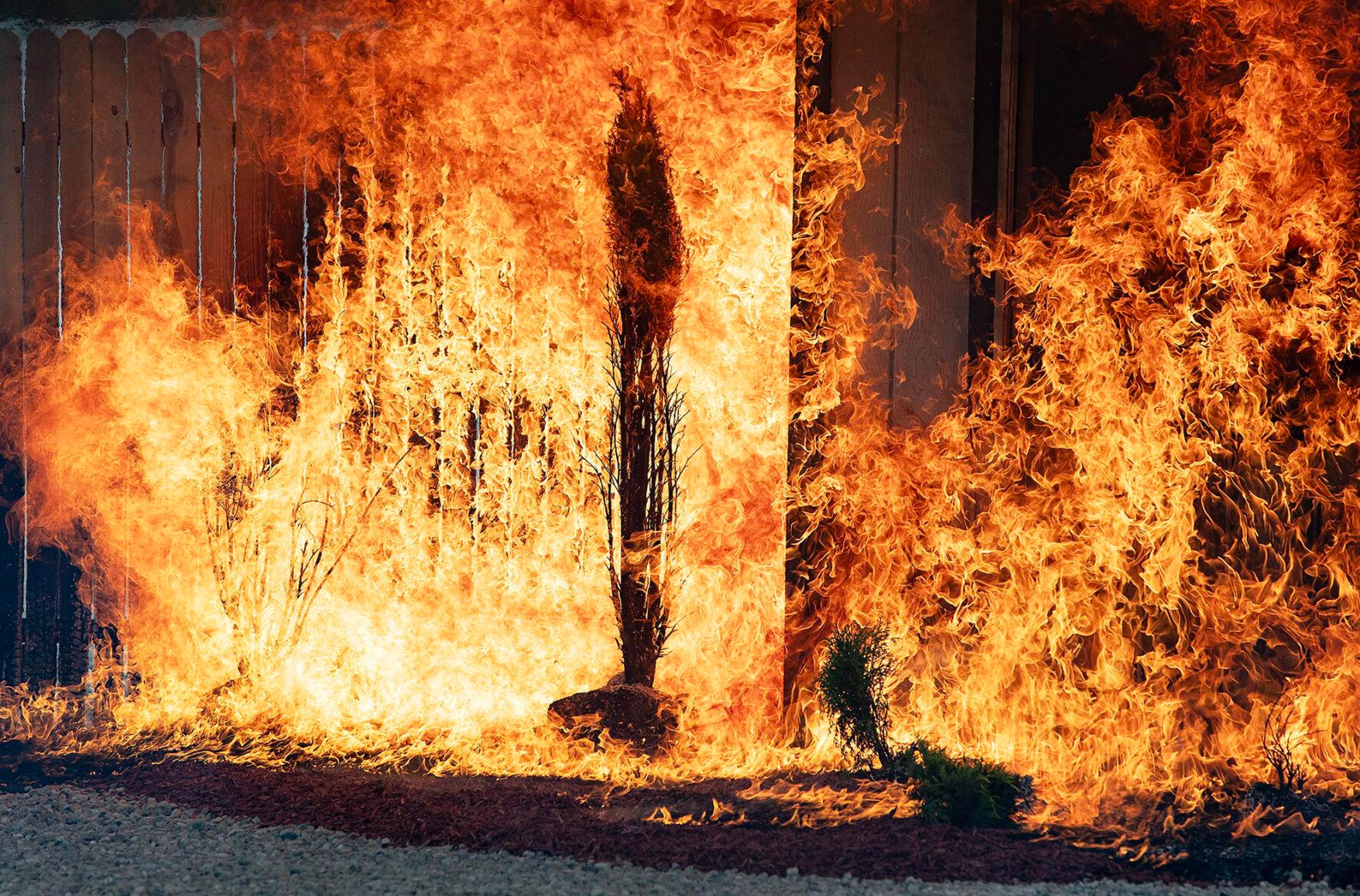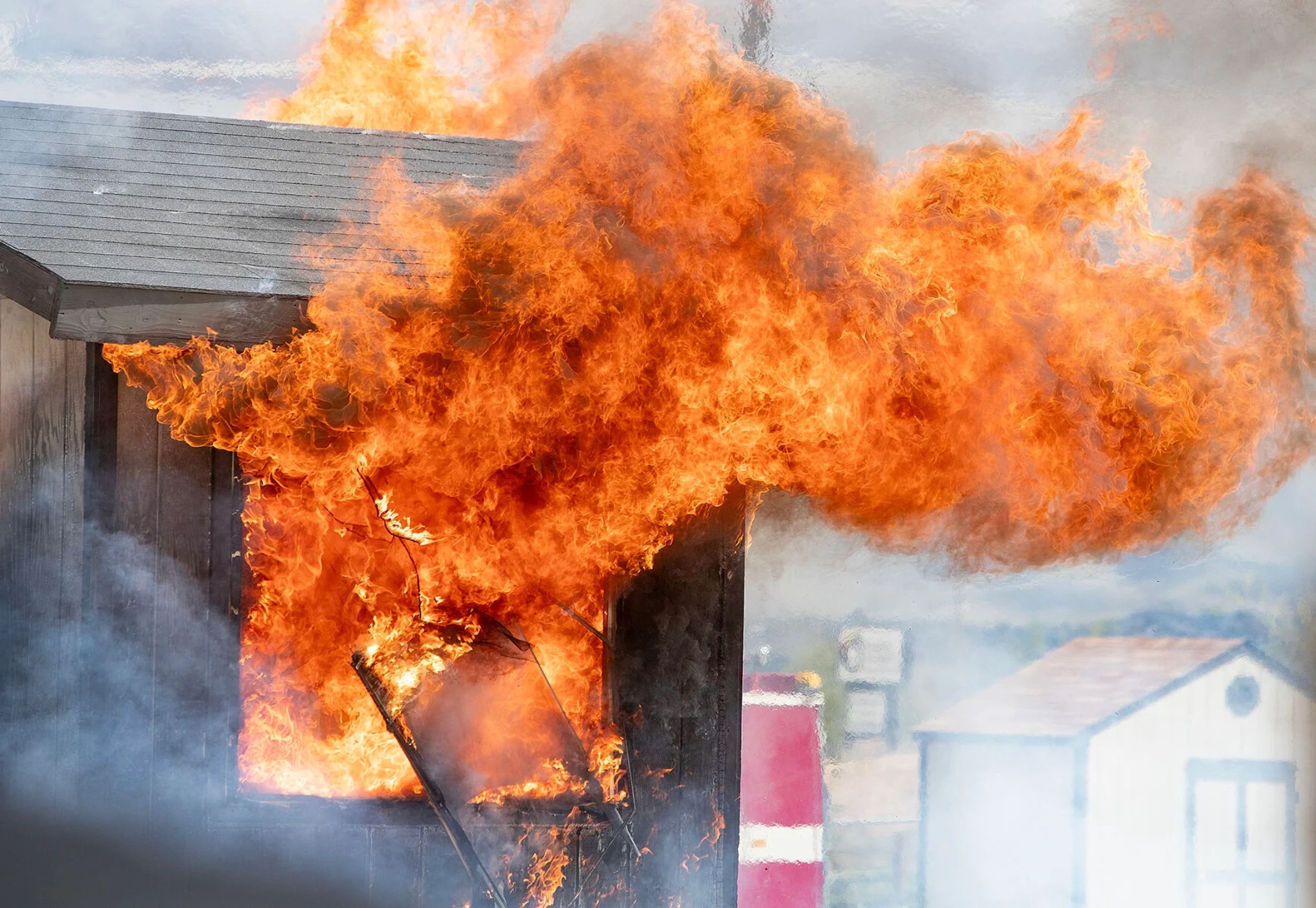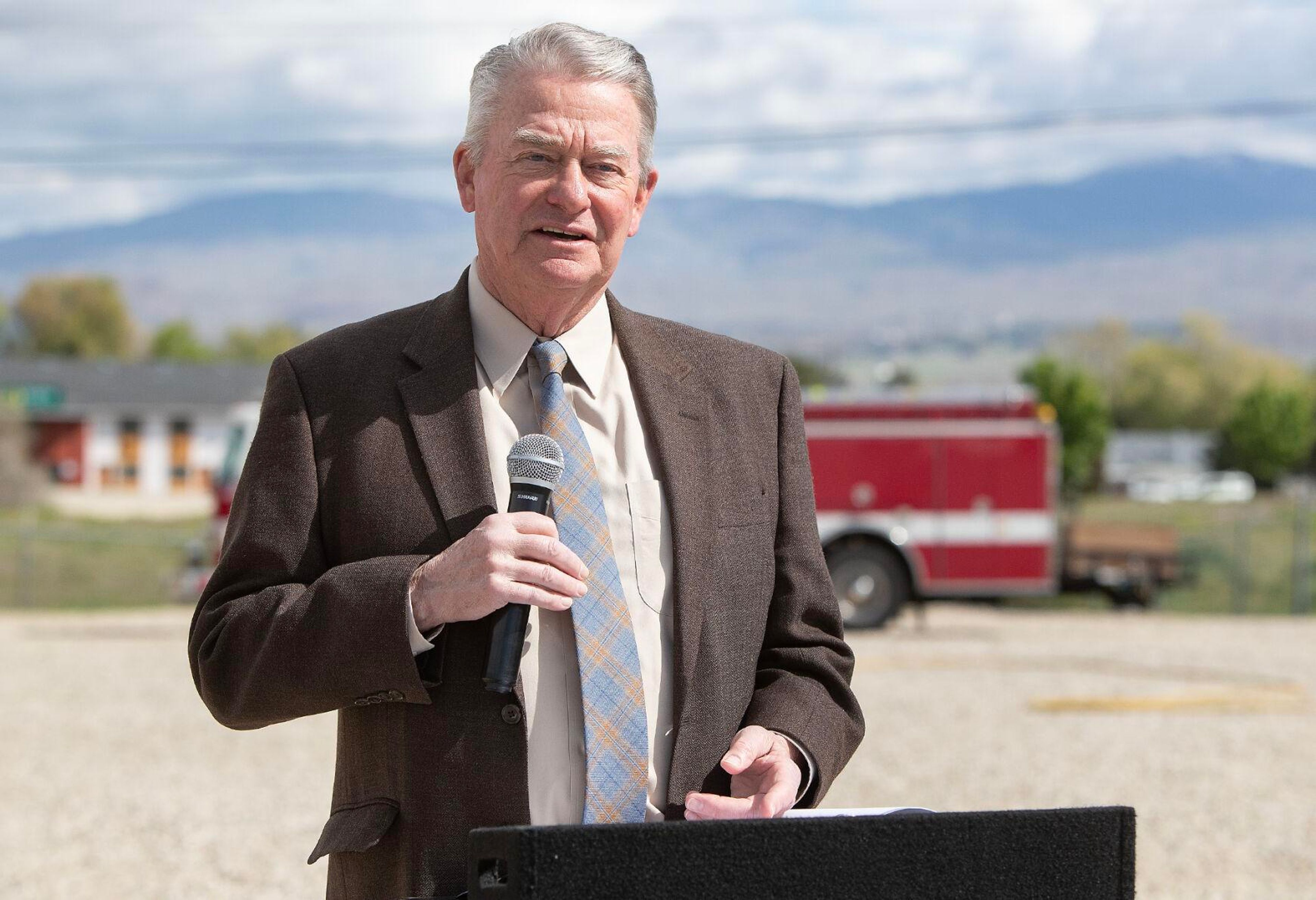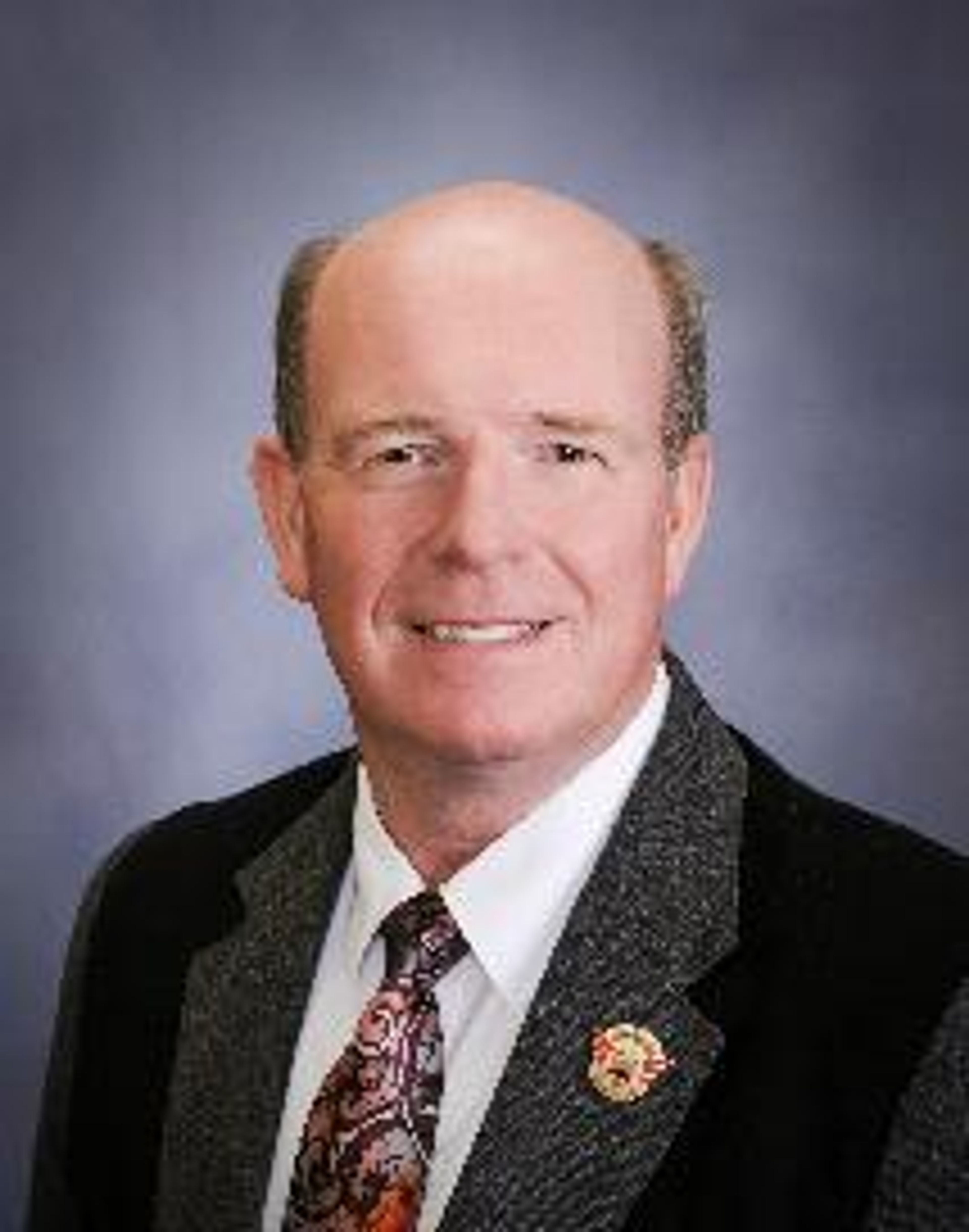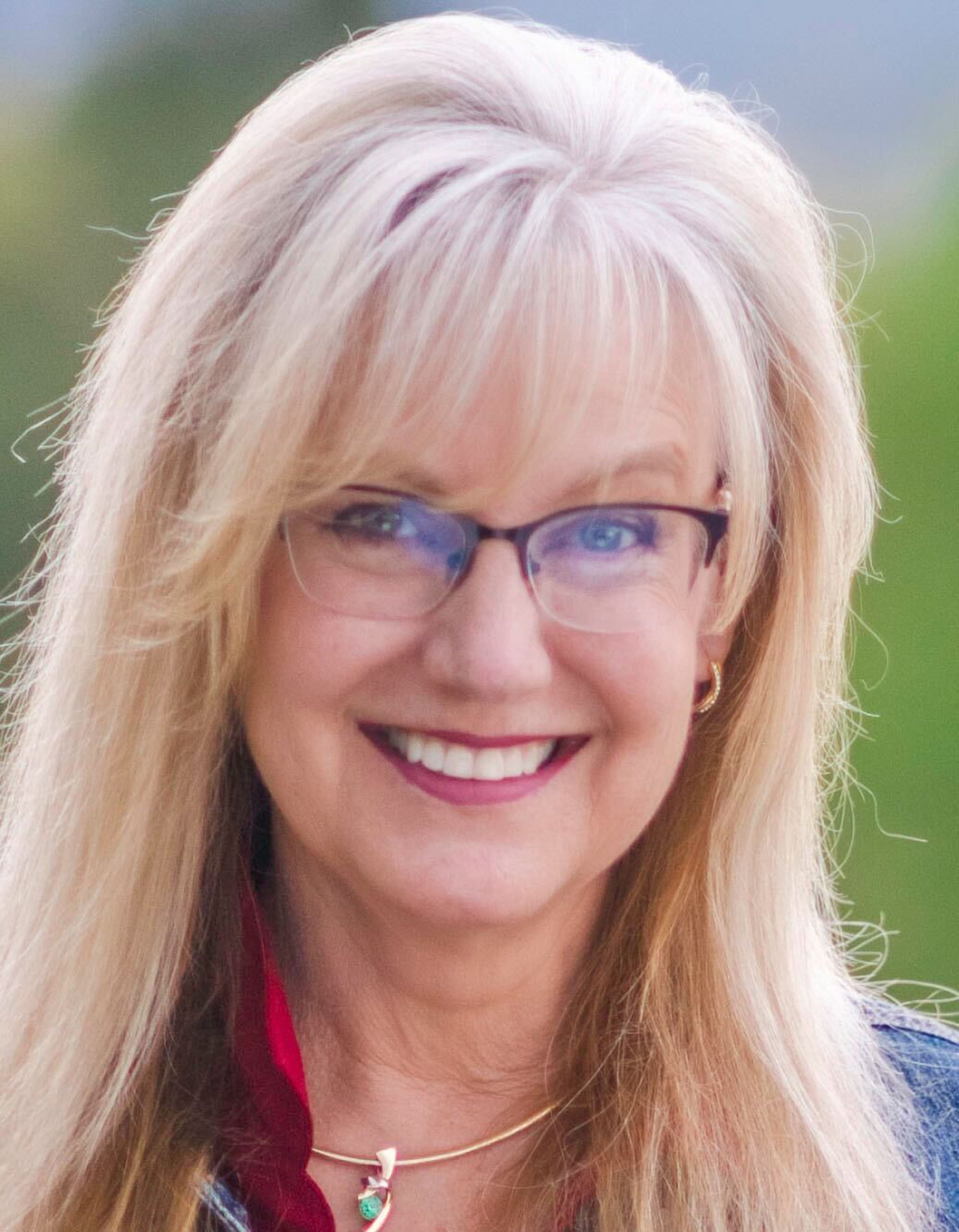U.S. leaders share wildfire woes
Officials from Hawaii, Texas, Colorado and Idaho commiserate over the damage inflicted on their states by fires
BOISE — Wildfires are increasingly becoming a threat nationwide, and the impacts to communities linger long after the flames are extinguished.
Leaders from around the United States met Monday at the National Interagency Fire Center to discuss how to reduce risk of fire damage beforehand and how to address the needs after an event at the Wildfire Risk Forum.
The Idaho Department of Insurance, the National Association of Insurance Commissioners and the Insurance Institute for Business & Home Safety co-hosted the event, which looked at the impacts of wildfires on structures, housing and insurance markets. Gov. Brad Little also signed a proclamation Monday declaring May Wildfire Awareness Month.
REDUCING RISK TO HOMES
The incredibly rainy spring could mean the plentiful grass could provide substantial wildfire fuel, so Idaho may be in store for an active rangeland fire season, Little said Monday prior to signing the Wildfire Awareness Proclamation.
Part of the growing threat of wildfires is the population growth in what’s known as the wildland-urban interface. Homes that are built in areas that border undeveloped lands and open landscapes are at a higher risk of burning, Little underscored in his proclamation.
But there are a number of things homeowners can do to protect themselves.
The Insurance Institute for Business & Home Safety (IBHS), a nonprofit science and communications organization that is supported by insurers and companies, led a demonstration on the significant difference fire-wise landscaping and building materials can make.
“I want to be really clear, we are not going to stop wildfires. It’s part of the ecosystem,” Wright said. “Yet we can stop the fingers of the wildfires from reaching into suburban communities.”
To demonstrate, officials lit small fires in front of two sheds that looked nearly identical. However, one was designed to be more ember-resistant through a number of means: the plant life out front was set apart from the structure with a 5-foot “noncombustible” zone, it had a metal fence and it was built with materials that made it more difficult for flames to spread.
The other shed was built like many homes in the U.S. — plants and shrubs were located close to the walls, a wooden fence connected to the structure and it had open eaves on the roof.
Both structures had a Class A roof, which has the highest resistance to fire. However, the ember-resistant shed had closed eaves, which closed off the path to the attic for a potential fire.
The same number of small fires were lit in front of the two structures, but while the flames burned low to the ground steadily in front of the wildfire-protected home, the other structure caught fire in less than 15 minutes. Shortly after, it was fully engulfed in flames.
The three main factors for protecting a house are the Class A roof, building features such as ember-resistant vents and 6 inches of noncombustible materials on the bottom of the house, and what’s known as “defensible space” around the house.
“This structure caught on fire because the fire got there, because of the landscaping that was right up against it,” IBHS Chief Engineer Anne Cope said with the growing flames around the fire-prone house crackling behind her. “And it has now succumbed to the impacts of what would have been an ember-started fire.”
This type of construction is really recommended to anyone within a mile of the wildland urban interface, Wright told the Idaho Press.
“Embers regularly pick up and loft and go a half-mile or more,” Wright said. “So, if you’re in the center of downtown, no this isn’t for you, but there are plenty of suburban neighborhoods that have the open grasslands, the open parklands, and it’s in that space we want to make sure that that first mile has taken these actions.”
He said during new construction, the costs of taking their recommended steps are roughly “neutral.” However, there are costs of retrofitting existing homes with updated materials, landscaping and fencing, and these costs can vary quite a bit.
However the costs may still be less than if the home is lost or severely damaged in a fire.
“If you have a deductible of $3,000 to $5,000 on your home insurance,” Wright said, “these actions cost less.”
RECENT WILDFIRES IN THE U.S.
The event included the perspectives and lessons learned from the unique challenges states faced after recent large and destructive wildfires — with experiences ranging from being well-prepared for frequent wildfires in Texas, to not expecting wildfires to present a risk in Hawaii, a state that focuses most of its disaster preparation on hurricanes.
“In my lifetime, I never thought Hawaii would suffer as tragic a loss in Lahaina and Hawaii,” said Gordon Ito, commissioner of the Hawaii Insurance Division.
Hawaii is still very much impacted by the tragic 2023 Maui Wildfire, which marked the fifth-deadliest wildland fire in U.S. history and the worst natural disaster in Hawaii’s history, according to the U.S. Fire Administration; more than 100 people died in the August blaze.
Just last month, fire officials in Texas contained the Smokehouse Creek Fire — the largest ever in the state’s history, burning 1.1 million acres and killing two people. Colorado is also still recovering from the impact of the 2021 Marshall Fire, which was the most costly in state history, destroying more than 1,000 homes and killing two people.
The Texas blaze took place in the state’s panhandle, where around 80% of the cattle population resides — the fire cost ranchers more than 10,000 head of cattle, said Texas Department of Insurance Commissioner Cassie Brown. The panhandle is home to many of the state’s recent wildfires, Brown said, and the state Legislature has been holding hearings to look into the fire and others. The Smokehouse Creek Fire appeared to have ignited from a fallen utility pole, she said.
The Legislature is looking into what it can do to prevent similar fires in the future, which is proving to be challenging, Brown said.
“Some of these (utility) leases have been in place for hundreds of years,” she said. “And per the testimony, you can’t amend those leases, which is interesting. So we’re really looking into that as a state.”
The Colorado fire, which tore through southern Boulder County, occurred in an area of the state that hadn’t been considered at high risk, said Jason Lapham, deputy commissioner for property and casualty insurance at the Colorado Division of Insurance. As a result, very little fire mitigation had occurred there, he said.
The lasting impact of the grass fire has also been the smoke and ash damage to homes that weren’t destroyed but were made uninhabitable.
Colorado and Hawaii shared the challenges of having existing housing problems made worse by these huge wildfire events.
Boulder County lies at the outskirts of the Denver area, which was already experiencing a housing shortage, Lapham said. The impact on the housing situation was an unexpected result, he said.
Ito said that Hawaiian residents had long struggled to find affordable housing in the state, and today there are 2,000 people displaced from the Maui fires still living in hotels while officials try to find long-term housing.
“To me, the heartbreaking thing is there’s quite a few Lahaina survivors that cannot afford to stay in Hawaii, and have chosen to leave the islands because the lack of housing availability,” Ito said.
Brown said that Texas officials are still trying to determine the impact of the fire, but there will likely be economic consequences of losing so many cattle, which may end up being more than the 10,000 currently reported lost. She also said the quotes for rebuilding the thousands of miles of fencing were “shocking” because of how high they came in.
Officials in Texas and Colorado also discovered many of the affected residents were uninsured or underinsured.
“What we also found out was a lot of people were uninsured and they had been uninsured for decades,” Brown said. “And it was a choice they had made.”
